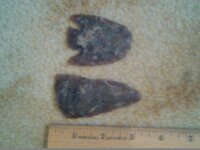I'll start by saying I am not a collector nor do I have any real knowledge of Indian artifacts. Hence the reason for my post. We just built a home in Austin, Texas (near Lake Austin, one of 6 bodies of water that make up the 'Highland Lakes'); all are part of the Colorado River system. While digging in the back to do some planting I came across the rock (flint piece) posted below. Initially I thought it was just a random piece, perhaps even a broken shard of pottery, because it didn't have the sharp point you might expect (or that I assumed might be expected) of an artifact. But I did ask someone who knows just a bit more than me who said points or edges can be dulled over time. And, sadly, I think I may have chipped the piece myself when I hit it with a shovel several times. One side is much thinner, and more delicate that the other. Honestly I don't even know what else flint might have been used for....perhaps this is just a rock after all. As a point of general reference, there is quite a bit of history of Native Americans in this area. In fact the Clovis culture was present here during the Pleistocene (Ice Age) 11,000 years ago, and when the first settlers arrived the Tonkawa Indians were living along the river and adjacent springs and streams. When the Spanish arrived there were also Kiowa and Lipan Apaches frequenting the area. None of that means this is an artifact, but as a novice I thought I should post it and get other's opinions. It is interesting how the outer shell has been chipped away to expose the flint, though whether or not this happened naturally I have no idea.
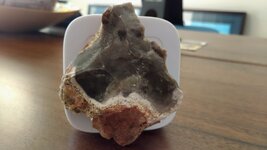
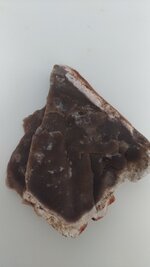
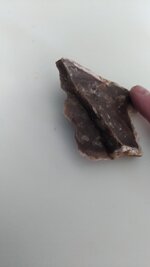
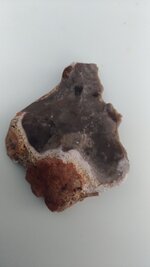




Amazon Forum Fav 👍
Upvote
0



